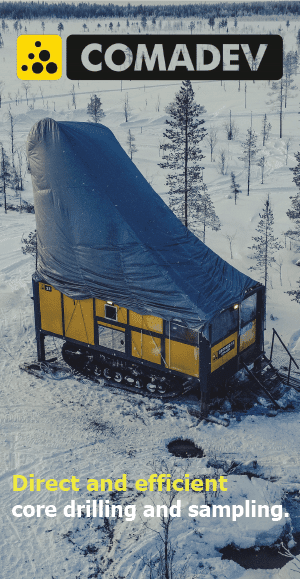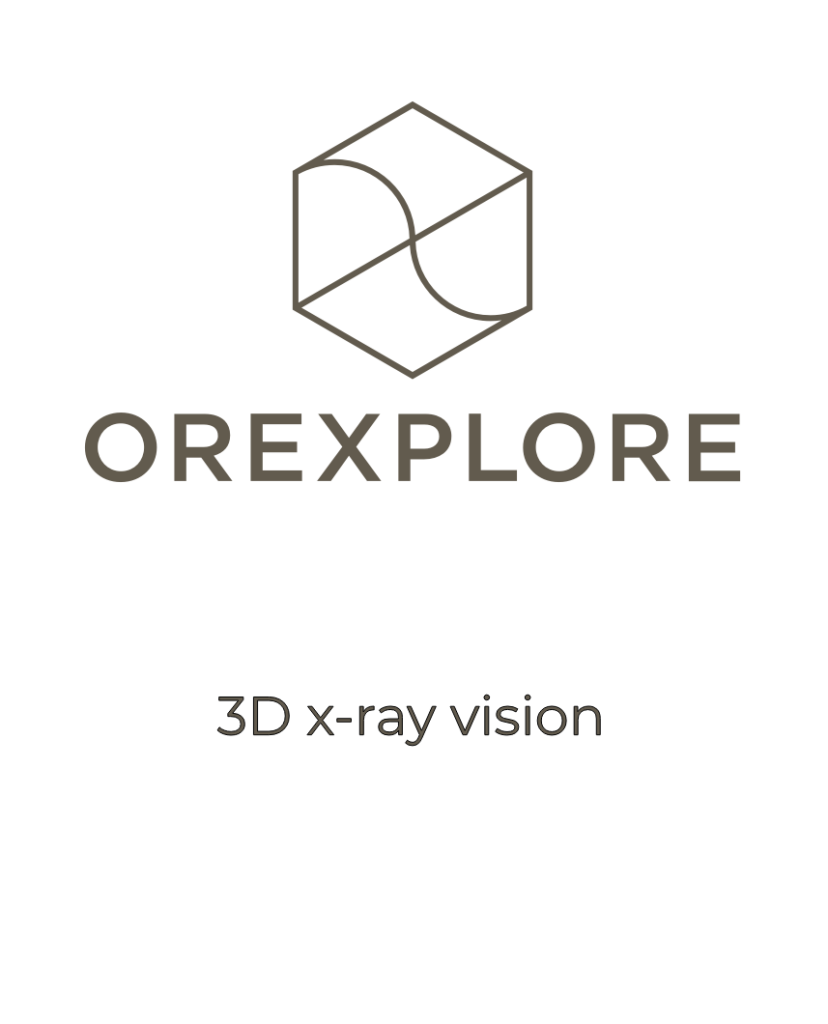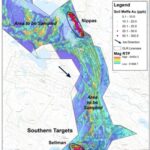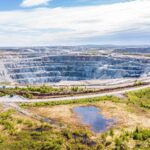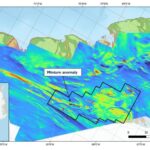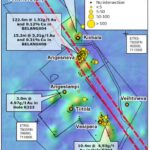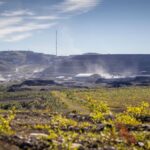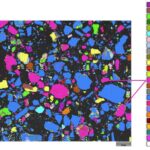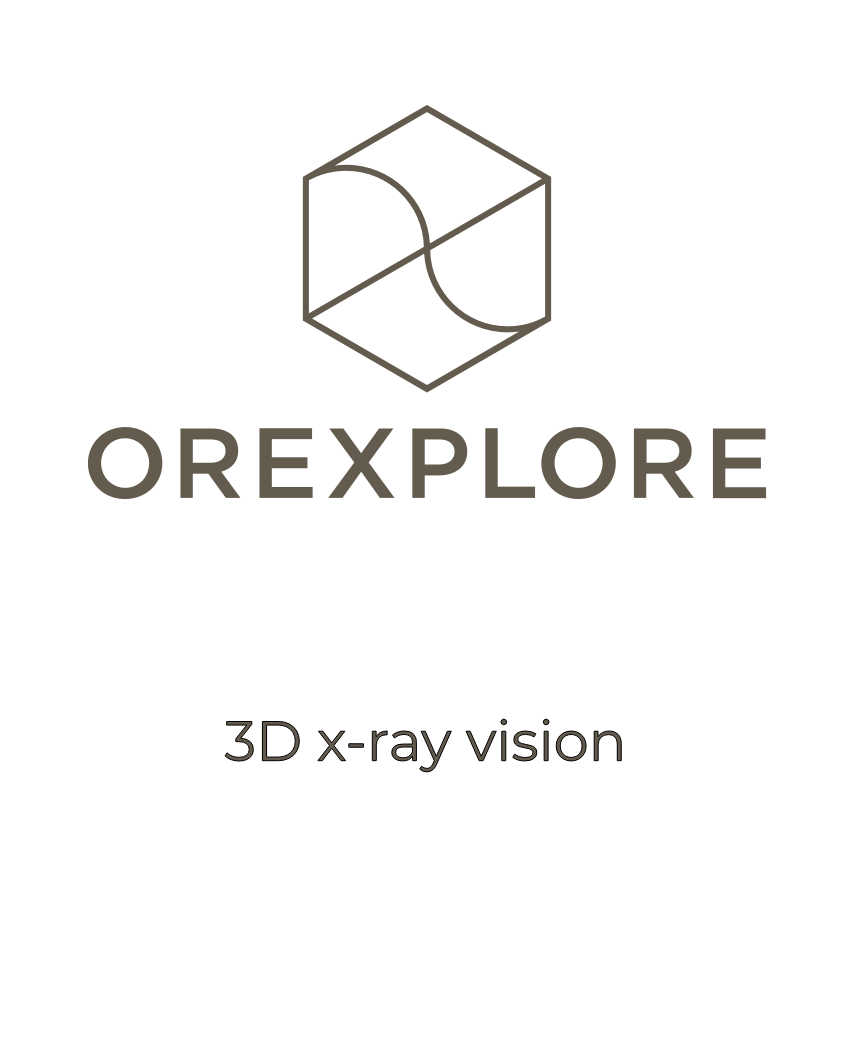In this article, we take an in-depth look at the Aarnivalkea project, located in the Central Lapland Greenstone Belt of northern Finland. We’ll examine the factors that led to the discovery of the gold mineralization, review the developments that have occurred since then, and analyze the new owner’s plans for the near future. Premium subscribers will have access to the second part of this article, where we delve into a 3D analysis of the project. Additionally, exclusive members will enjoy access to Northern Explorers’ expanding 3D model database.
Aarnivalkea: A Premier Example of Systematic Exploration
Aarnivalkea is a prime example of how systematic exploration can drive discoveries in terrains largely covered by glacial till. Following an agreement with Sakumpu Oy, a private Finnish company that assembled a highly prospective land package in northern Scandinavia—including the ground hosting Aarnivalkea—S2 Resources initiated work on the Finnish tenements with a regional-scale ionic leach campaign during the summer of 2018.
By collecting more than 15,000 samples across large parts of its Finnish portfolio, the company achieved significant success at the Paana project, situated approximately 25 km northwest of Agnico Eagle’s multimillion-ounce Kittilä gold mine. Here, the ionic leach survey identified a broad anomalous area rich in gold and pathfinder elements, highlighting a general NW to NNW trend. (See the graphic below for details on the soil anomaly and the approximate project location in Finland.)
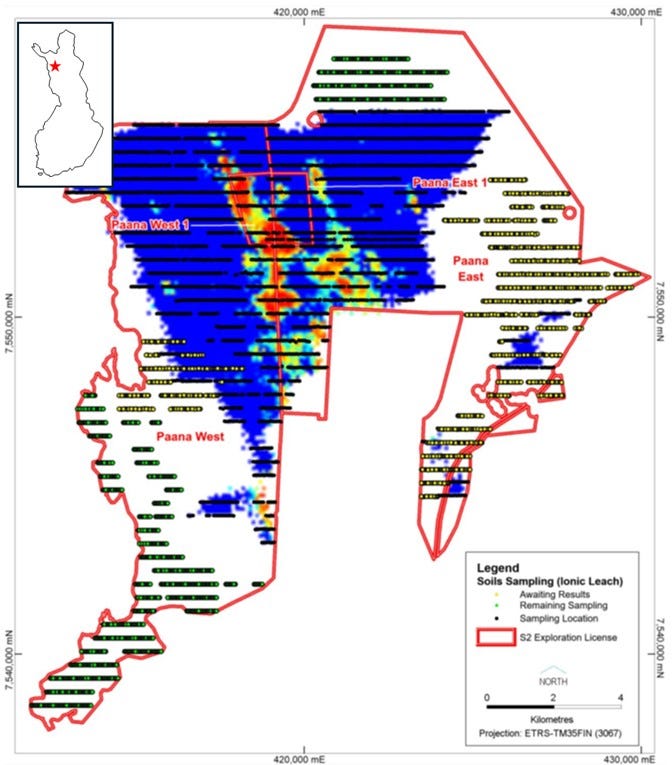
Ionic Leach Anomalies at the Paana Project. Source: (S2 Resources PR)
Base of till sampling
Following the discovery of the promising anomaly, the company acted swiftly, deploying a BOT rig during the winter of the same year to sample key areas of the anomaly. The BOT campaign proved highly successful, identifying anomalous gold values of up to 3.8 g/t Au across a 1.3 km strike length, now referred to as the Aarnivalkea West discovery.
In the months that followed, additional BOT sampling uncovered a second mineralized trend approximately 2km to the east, now known as Aarnivalkea East.
Reviewing the graphic below comparing the base-of-till anomalies between Aarnivalkea and Kittilä, it’s clear why this discovery generated significant excitement at the time.
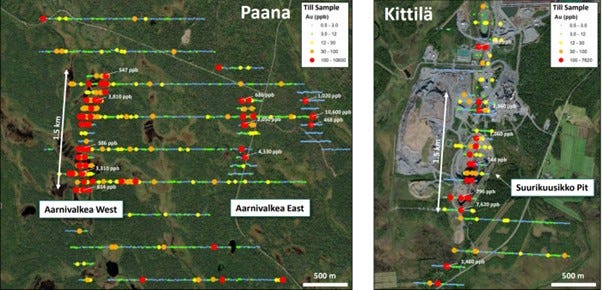
Comparison map between the Aarnivalkea and Kittilä bottom of till samplings. Source: (outbackgoldfields.com)
Diamond drilling at Aarnivalkea
The initial drilling campaign, conducted in the summer of 2019, consisted of several fans of relatively short holes (approximately 80m in depth) drilled along the strike of the BOT anomaly. This campaign delivered promising results, including an intercept of 6m @ 5.4g/t Au in drill hole FAVD0015.
Preliminary findings indicated that the gold mineralization is associated with multiple strongly sheared and altered, easterly dipping zones located along the contact between basalts and dacitic porphyries.
Over the following two years, the company continued its drilling efforts at the prospect, completing approximately 12,500m of drilling to date. While some mineralization crops out at surface, the best intercepts were encountered in deeper drill holes. Notable results include 6.85m @ 11.8g/t Au, including 4.0m @ 18.1g/t Au in drill hole FAVD0062; 20m @ 2.3g/t Au, including 8.0m @ 4.8g/t Au in drill hole FAVD0064; and 18.8m @ 2.5g/t Au, including 7.9m @ 5.2g/t Au in drill hole FAVD0071.
Although most of the 1.3 km-long BOT trend appears mineralized to some degree, the better parts of the mineralization appear to cluster around two separate areas along said trend.
East Target
In addition to testing the main Aarnivalkea trend, the company also drilled several shallow holes into the Eastern BOT anomaly. While this also led to the discovery of gold mineralization, the grades returned so far are lower compared to those along the main trend, with the best intercept recorded at 3.65m @ 0.86g/t Au.
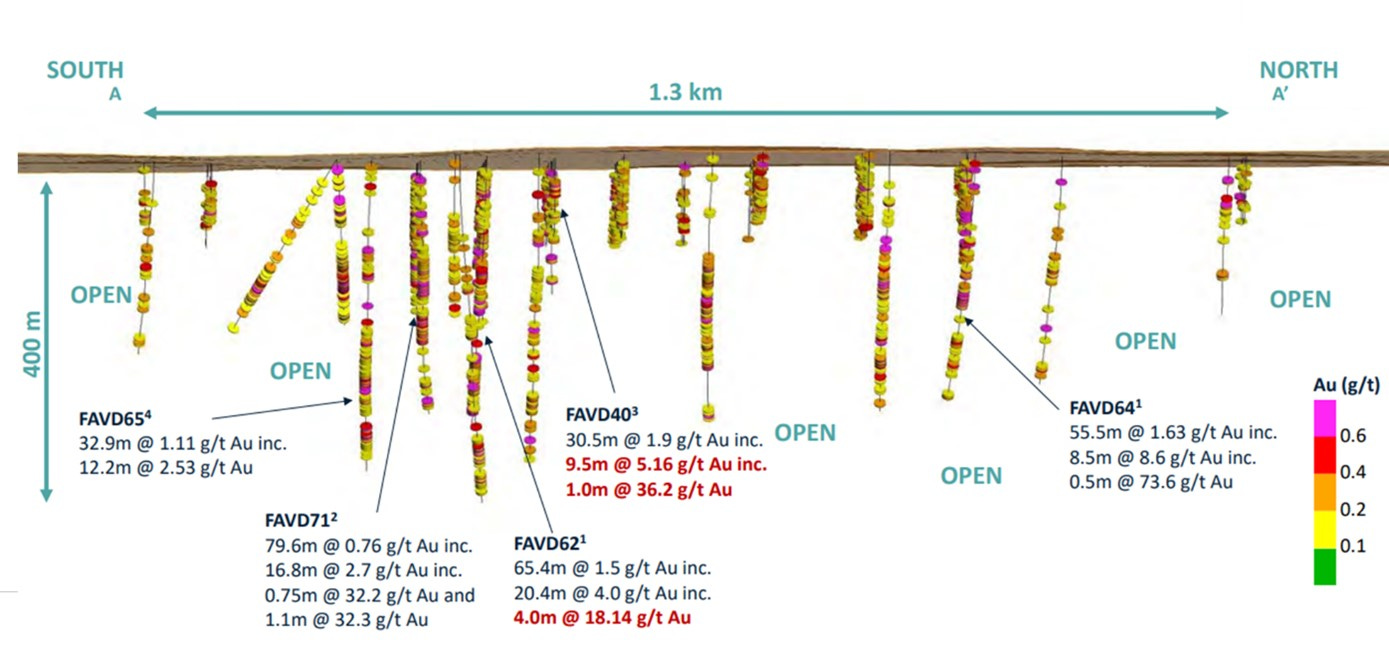
Long section along Aarnivalkea West with highlighted intersections. Source: (edited after: outbackgoldfields.com)
Discovery and then?
By mid-2021, the company had drilled approximately 12,500m at Aarnivalkea, defining an orogenic gold system with broader, low-grade zones as well as some fairly significant higher-grade intercepts. However, starting in 2021, the momentum slowed, and it became clear that the company was no longer prioritizing the project. Instead, its focus shifted to newly acquired projects in Australia.
While the exact reasons behind this strategic decision remain uncertain, rumors I heard point to Covid-related challenges with financing and logistics, as well as pressure from Australian investors who reportedly preferred the company to focus on projects in Australia rather than in Finland.
Whatever the cause, Aarnivalkea remains underexplored, and the company’s other ground could host hold further discoveries. Unsurprisingly, a deal to divest the assets was eventually struck in 2024.
As part of the agreement, S2 sold the project to Canadian-listed Outback Goldfields through a reverse takeover, with S2 ultimately acquiring a 44% stake in the restructured company. Outback Goldfields now operates under the name Valkea Resources.
Reviving the project
Following the completion of the deal Valkea resumed exploration activities with an initial 2,000m drilling program at Aarnivalkea West in December 2024. At the time of writing, this drilling program has concluded, and assay results are expected any day now—one of the reasons I wanted to have the 3D model prepared in advance.
According to the company’s latest press release, six holes were drilled during the program. Four of these targeted the high-grade mineralization intercepted in holes FAVD0062 and FAVD0071, while the remaining two focused on the second high-grade zone to the north, near hole FAVD0064. Alongside the drilling, a re-logging campaign was conducted to better understand the geological controls on the high-grade mineralization. The company is aiming to use this data to refine its understanding of the deposit. We’ll be closely monitoring developments and updating the model as assay results are released.
Now, let’s move on to the second part of the article, where I take a detailed 3D look at the project and share some insights from the analysis. If you enjoy this kind of in-depth coverage, consider becoming a premium or exclusive subscriber to access members-only content and features.

